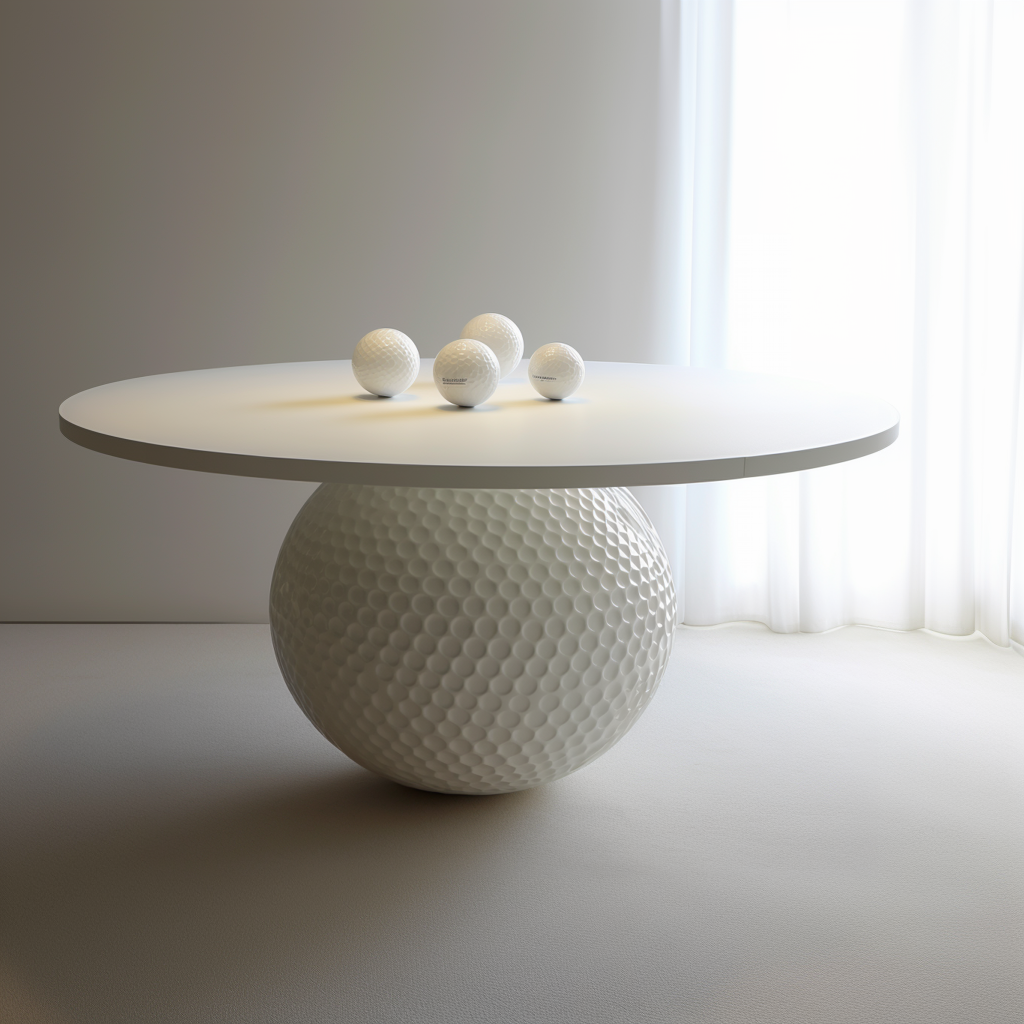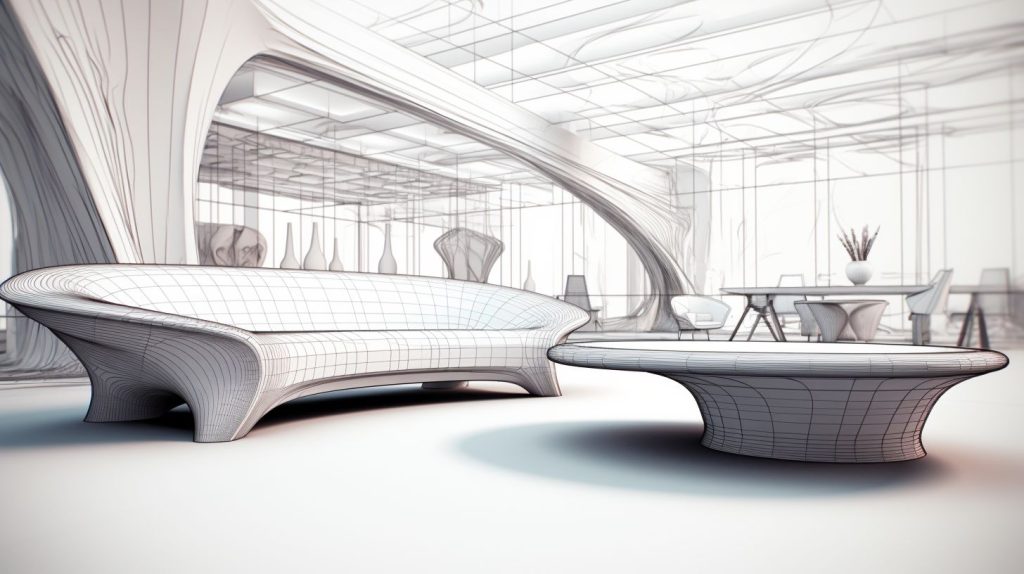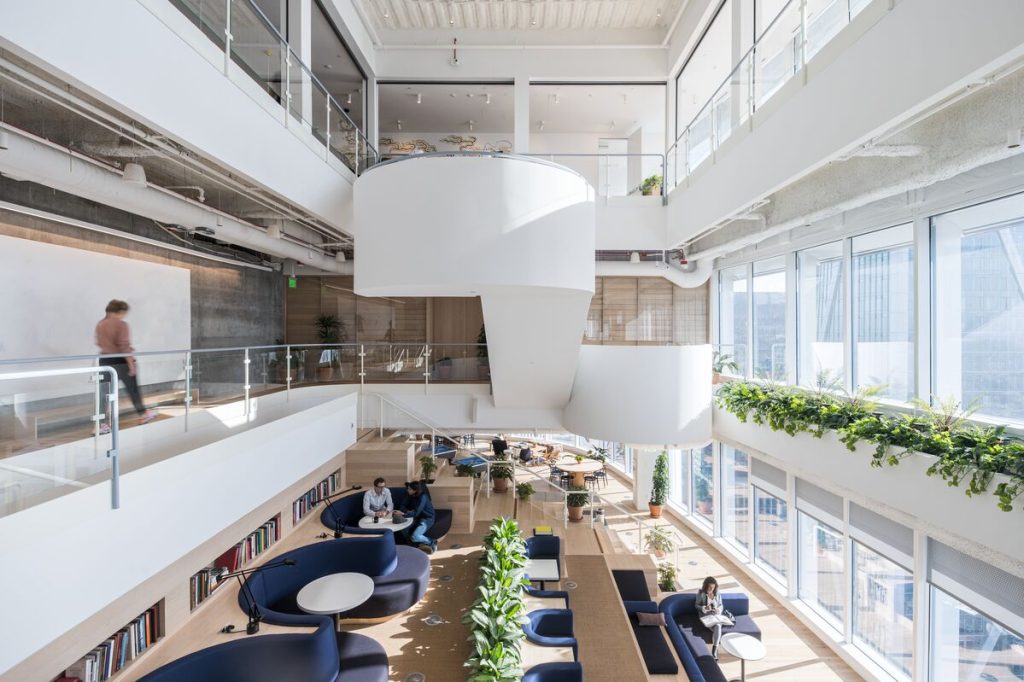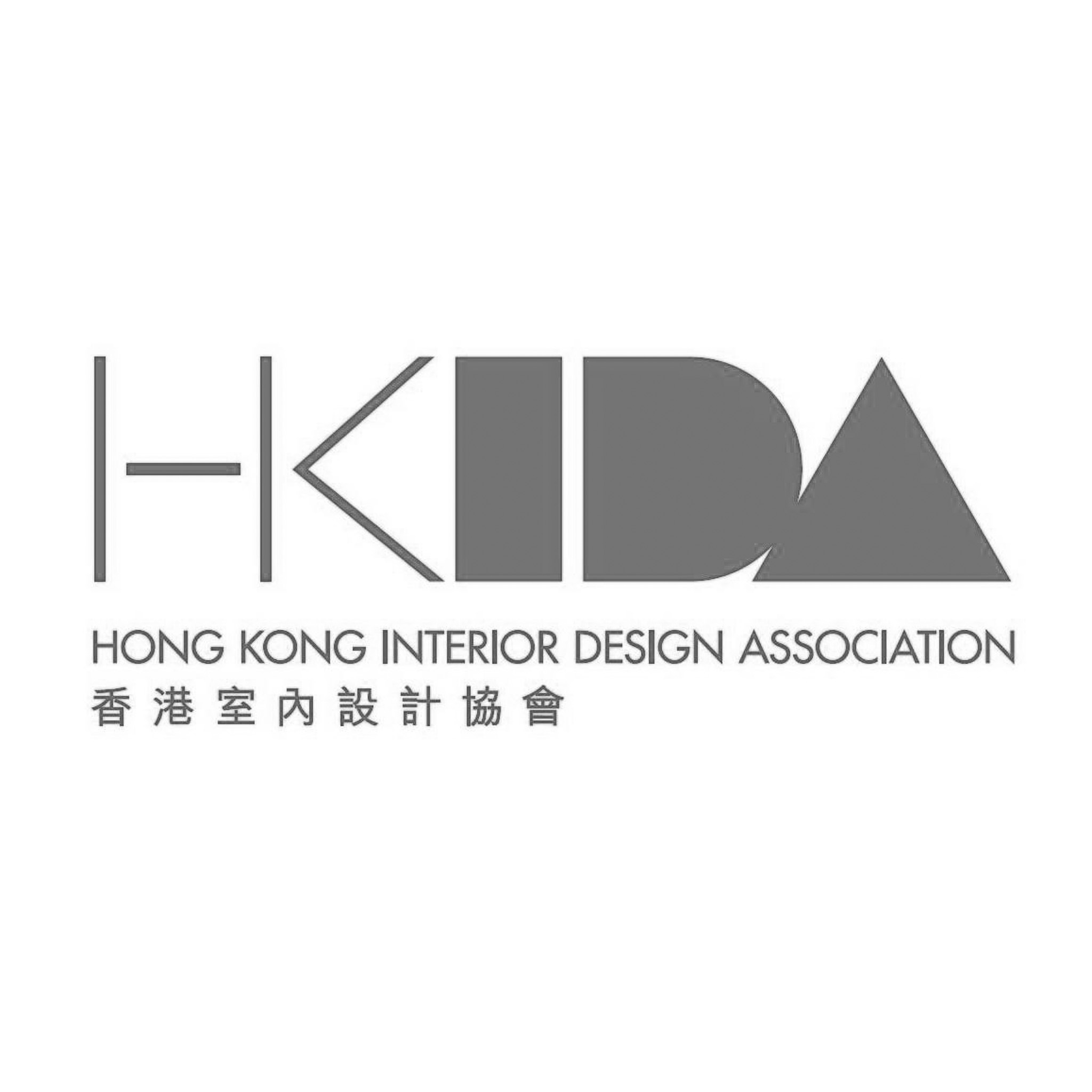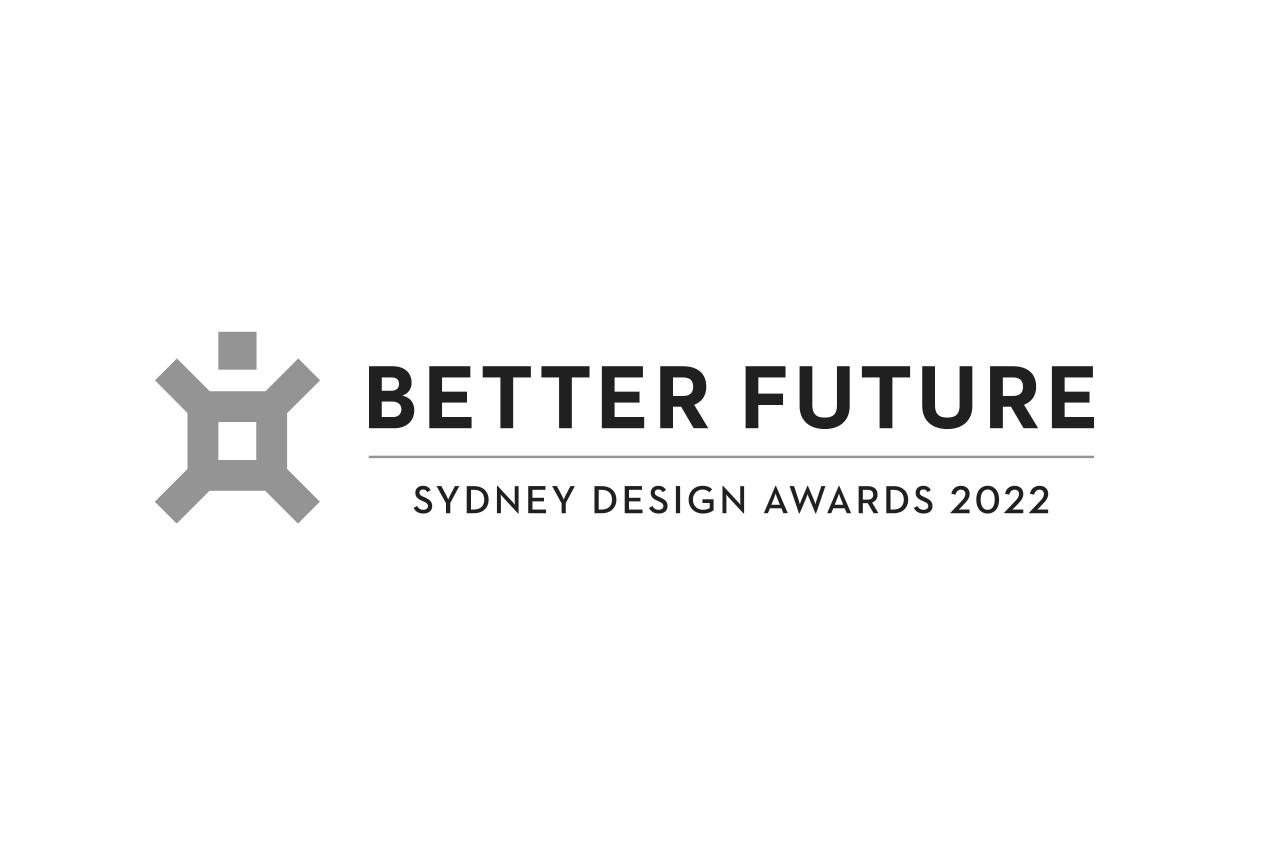
In today’s rapidly changing world, there is a growing recognition of the broader impact corporations have on society and the environment. As a result, ESG-oriented investing has gained significant momentum, with global sustainable investments exceeding $30 trillion. This shift in focus towards environmental, social, and governance concerns has led to the realization that incorporating strong ESG principles into business strategies can result in long-term benefits, especially in fixed assets such as interior design or architecture. Therefore, this article explores the value of ESG in interior design and how it can contribute to a sustainable future and the overall value of a company.

ESG and Value Creation:
Contrary to the misconception that ESG considerations hinder value creation, extensive research has shown that companies prioritizing ESG factors often outperform their peers. A strong ESG proposition is associated with higher equity returns, demonstrating its positive impact from both a tilt and momentum perspective. Furthermore, businesses with better ESG performance benefit from reduced downside risk, as evidenced by lower loan and credit default swap spreads, as well as higher credit ratings.

Cost Reductions:
Implementing ESG practices can lead to substantial cost reductions. By effectively addressing ESG factors, companies can mitigate rising operating expenses, such as raw material costs and the true cost of resources like water and carbon. McKinsey research has shown that operating profits can be influenced by as much as 60 percent due to these factors. Additionally, companies that prioritize sustainability strategies and resource efficiency tend to demonstrate better financial performance. For example, 3M’s proactive approach to environmental risk through its “pollution prevention pays” (3Ps) program has resulted in $2.2 billion in savings since 1975. Another company, a major water utility, achieved cost savings of nearly $180 million per year through lean initiatives focused on preventive maintenance, inventory management, and energy consumption reduction. Similarly, FedEx’s commitment to converting its vehicle fleet to electric or hybrid engines has already reduced fuel consumption by over 50 million gallons.

ESG in Interior Design:
Recognizing the significance of ESG principles in interior design, companies like Starz Pasha Limited are integrating ESG considerations into their design process. By doing so, they aim to create spaces that not only meet clients’ needs but also contribute positively to the environment and society. Here are some key areas where ESG-oriented interior design practices can make a difference.

Energy Efficiency:
Incorporating energy-efficient design elements and implementing water-saving measures in interior design can result in significant cost savings. For instance, using energy-efficient lighting fixtures, appliances, and HVAC systems can lead to substantial reductions in electricity bills, with energy-efficient lighting alone saving up to 75% in lighting energy costs, according to the U.S. Department of Energy. Similarly, installing low-flow fixtures like faucets and toilets can reduce water usage by up to 60%, contributing to lower water bills, particularly in commercial spaces. By prioritizing energy efficiency and water conservation in interior design, businesses can not only reduce their environmental impact but also realize considerable financial benefits.

Sustainable Materials:
Opting for sustainable and eco-friendly materials can have long-term cost benefits. Our specialization in 3D printing serves as a prime example of how this approach can effectively promote upcycling and minimize waste. Unlike traditional methods, 3D printing allows for the recycling of materials to create new furniture and nearly eliminates waste from usable materials. This reduction in waste generation not only leads to lower disposal costs but also underscores our commitment to sustainable practices.

Improved Indoor Air Quality (IAQ):
Enhancing IAQ through proper ventilation systems and the use of low-VOC (volatile organic compounds) materials can have financial benefits. Good IAQ promotes occupant health, reduces sick days, and increases productivity, resulting in cost savings for businesses.
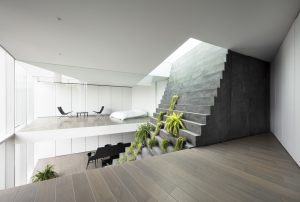
Embracing ESG principles in interior design is not only a responsible choice but also a financially sound decision. By considering energy efficiency, water conservation, sustainable materials, waste reduction, and improved indoor air quality, businesses can create spaces that align with ESG goals while realizing long-term cost savings. It is essential to consult with design professionals and conduct a comprehensive cost-benefit analysis specific to each project to make informed decisions. By embracing ESG interior design practices, we can contribute to a sustainable future while reaping the rewards of financial success.
